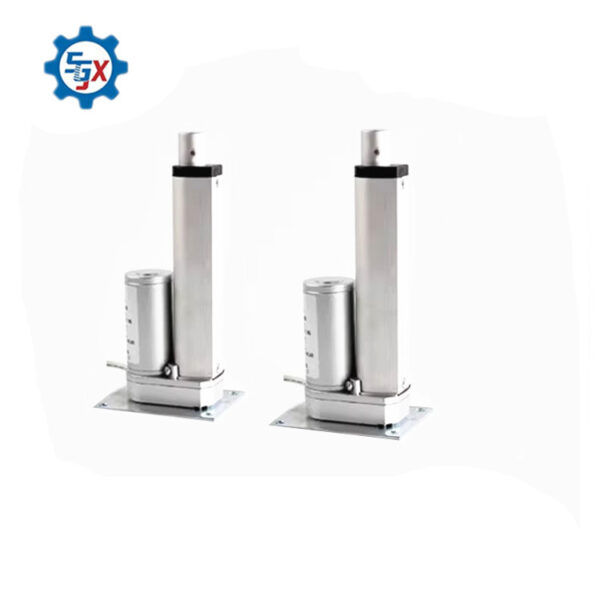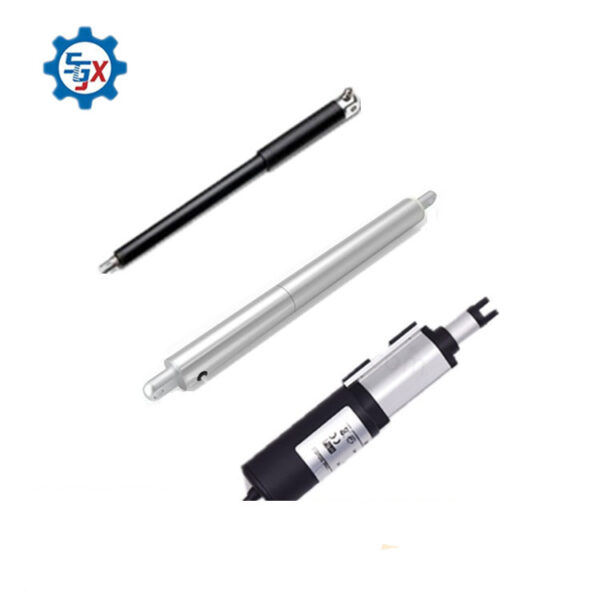Tungsten steel (tungsten carbide) has a series of excellent properties such as high hardness, wear resistance, good strength and toughness, heat resistance and corrosion resistance, especially its high hardness and wear resistance, even at a temperature of 500 ° C. It remains basically unchanged, and it still has a high hardness at 1000 °C.
Tungsten steel, also known as cemented carbide, refers to a sintered composite material composed of at least one metal carbide. Tungsten carbide, cobalt carbide, niobium carbide, titanium carbide, and tantalum carbide are common components of tungsten steel. The grain size of the carbide component (or phase) is usually between 0.2-10 microns, and the carbide grains are held together using a metal binder. The binder usually refers to the metal cobalt (Co), but for some special applications, nickel (Ni), iron (Fe), or other metals and alloys can also be used. A combination of carbides and binder phases to be determined is called a “grade”.
The classification of tungsten steel is carried out according to the ISO standard. This classification is based on the material category of the workpiece (such as P, M, K, N, S, H grades). The binder phase composition is mainly used for its strength and corrosion resistance.
The matrix of tungsten steel consists of two parts: one part is the hardening phase; the other part is the bonding metal. Binder metals are generally iron group metals, commonly used are cobalt and nickel. Therefore, there are tungsten-cobalt alloys, tungsten-nickel alloys and tungsten-titanium-cobalt alloys.
For steels containing tungsten, such as high-speed steel and some hot work die steels, tungsten in the steel can significantly improve the hardness and heat resistance of the steel, but the toughness will drop sharply.
The main application of tungsten resources is also cemented carbide, that is, tungsten steel. Cemented carbide, known as the teeth of modern industry, and tungsten steel products are widely used.

Application introduction
Tungsten steel belongs to cemented carbide, also known as tungsten titanium alloy. The hardness can reach 89~95HRA. Because of this, tungsten steel products (commonly tungsten steel milling cutters) are not easy to be worn, hard and not afraid of annealing, but brittle.
The main components of cemented carbide are tungsten carbide and cobalt, which account for 99% of all components, and 1% is other metals, so it is also called tungsten steel.
It is often used in high-precision machining, high-precision tool materials, lathes, impact drill bits, glass cutter heads, and ceramic tile cutters. It is hard and not afraid of annealing, but brittle. Belongs to the list of rare metals.
Tungsten steel (tungsten carbide) has a series of excellent properties such as high hardness, wear resistance, good strength and toughness, heat resistance and corrosion resistance, especially its high hardness and wear resistance, even at a temperature of 500 ° C. It remains basically unchanged, and it still has a high hardness at 1000 °C. Cemented carbide is widely used as materials, such as turning tools, milling cutters, planers, drills, boring tools, etc., for cutting cast iron, non-ferrous metals, plastics, chemical fibers, graphite, glass, stone and ordinary steel, and can also be used for cutting resistant Difficult-to-machine materials such as hot steel, stainless steel, high manganese steel, and tool steel. The cutting speed of the new cemented carbide is hundreds of times that of carbon steel.
Tungsten steel (tungsten carbide) can also be used to make rock drilling tools, mining tools, drilling tools, measuring tools, wear-resistant parts, metal abrasives, cylinder linings, precision bearings, nozzles, etc.




No comment